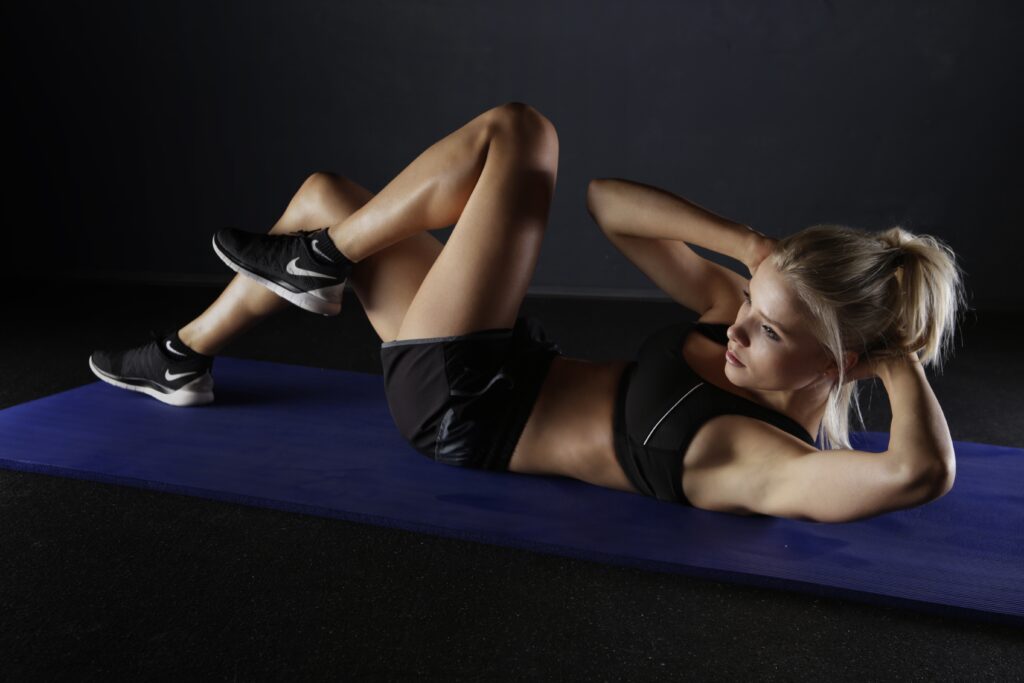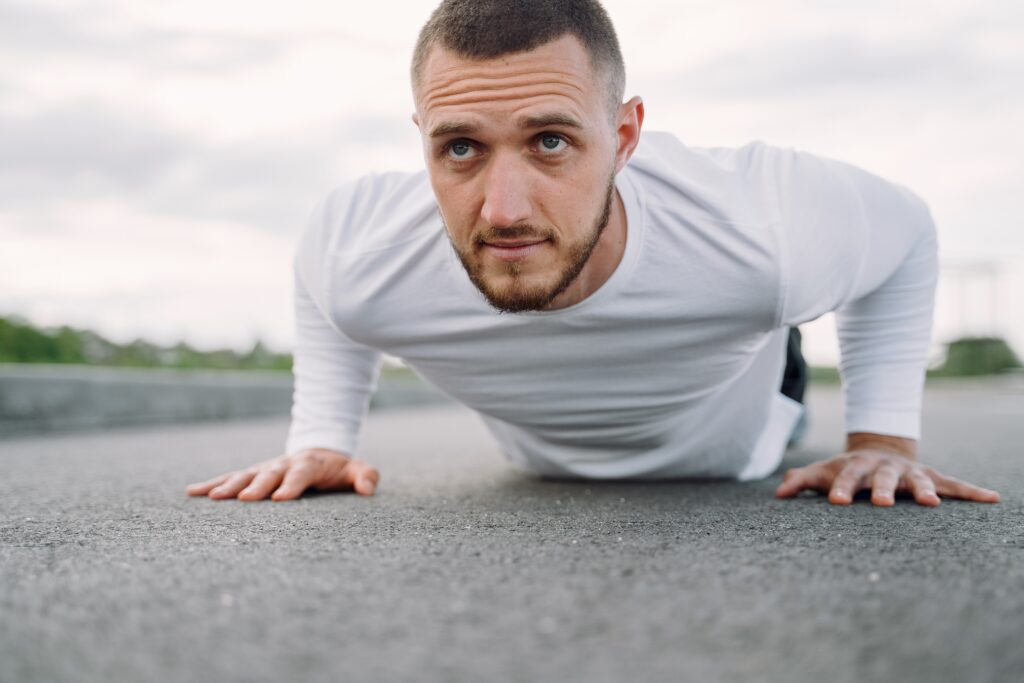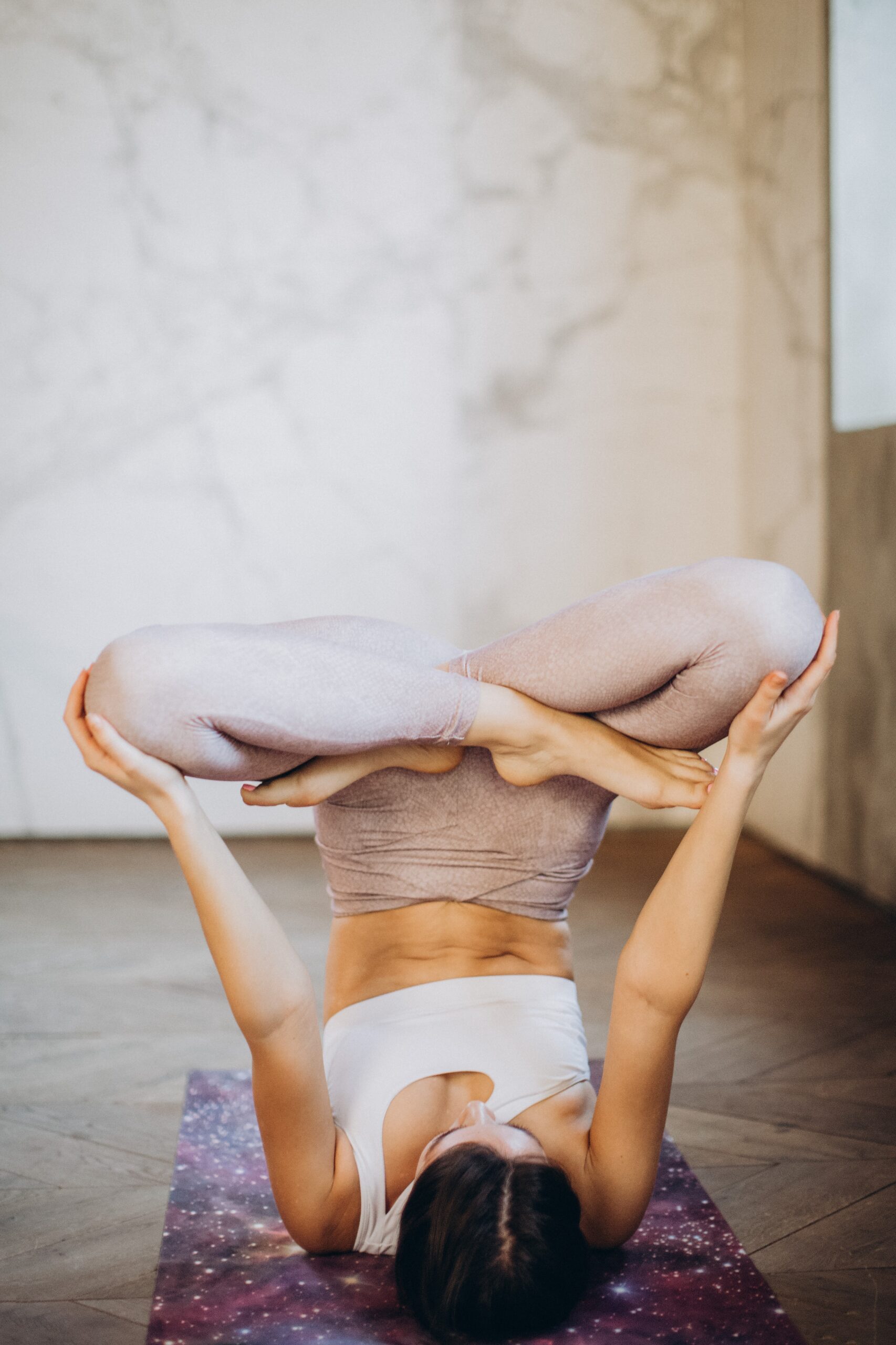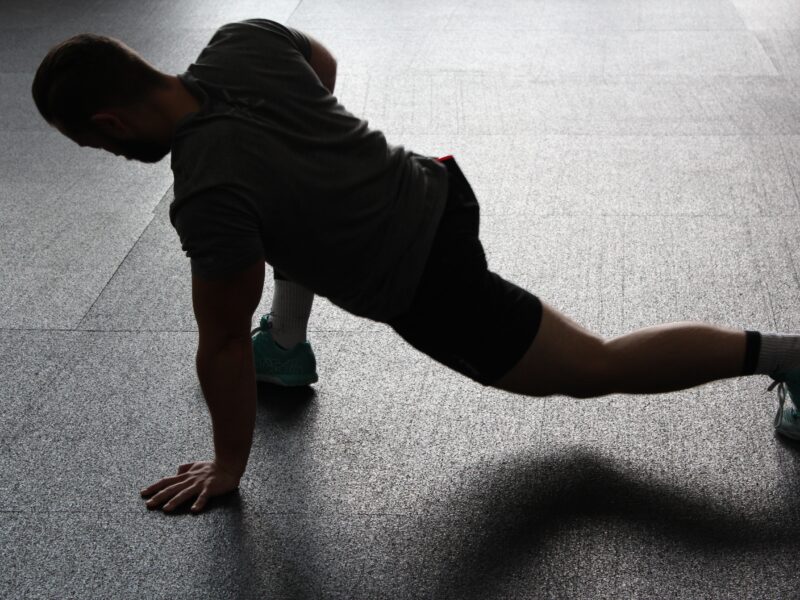Core Exercises: I will do a daily core exercise, either leg lifts, plank, crunches, sit ups, or another workout to exercise my core.
Core exercises are important for several reasons:
- Stability and Balance: The core muscles, which include the muscles in the abdomen, lower back, and pelvis, are responsible for providing stability and balance to the body. A strong core helps to maintain proper alignment and posture, reducing the risk of falls and injuries during physical activities.
- Functional Movement: The core muscles are involved in almost every movement we make, from bending and lifting to twisting and turning. A strong core improves the efficiency and effectiveness of these movements, allowing for better performance in daily activities, sports, and exercise routines.
- Injury Prevention: Weak core muscles can lead to poor posture and imbalances in the body, increasing the risk of injury. By strengthening the core, you provide a solid foundation for the rest of your body, reducing the strain on other muscles and joints and minimizing the risk of overuse or compensatory injuries.
- Back Health: The core muscles play a crucial role in supporting the spine and maintaining its natural curvature. Strengthening the core helps to alleviate pressure on the back, reduce the risk of lower back pain, and promote spinal health.
- Performance Enhancement: Whether you’re an athlete or someone who enjoys recreational activities, a strong core can enhance your overall performance. It improves power transfer between the upper and lower body, increases stability during dynamic movements, and allows for greater force production and control.
- Postural Support: A strong core helps to keep the body upright and maintain proper alignment, especially during prolonged sitting or standing. It counteracts the negative effects of sedentary lifestyles and can help alleviate common postural issues such as rounded shoulders or excessive curvature of the spine.
- Functional Independence: As we age, maintaining a strong core becomes increasingly important for maintaining independence and performing daily activities. Core exercises can help older adults maintain stability, balance, and mobility, reducing the risk of falls and enhancing overall functional capacity.
Overall, core exercises are vital for overall fitness, functional movement, injury prevention, and maintaining a healthy and strong body. They should be an integral part of any well-rounded exercise program.

Types of Core Exercises
- Plank variations: Planks are excellent for targeting the entire core, including the abdominal muscles, obliques, and lower back. Some plank variations include the standard plank, side plank, reverse plank, and plank with leg lifts.
- Crunches and Sit-ups: These exercises primarily target the rectus abdominis, the “six-pack” muscles in the front of the abdomen. They involve flexing the spine and lifting the upper body off the ground.
- Russian twists: This exercise targets the oblique muscles. Sit on the floor with your knees bent, lean back slightly, and twist your torso from side to side while holding a weight or medicine ball.
- Bicycle crunches: Bicycle crunches work both the rectus abdominis and oblique muscles. Lie on your back, bring your knees toward your chest, and alternately touch your elbow to the opposite knee while extending the other leg.
- Plank with hip dips: Begin in a forearm plank position and then lower your hips to one side, engaging the oblique muscles. Return to the starting position and repeat on the other side.
- Bird Dog: This exercise targets the core muscles, lower back, and glutes. Start on all fours, extend your right arm forward while simultaneously extending your left leg backward. Alternate sides.
- Dead Bug: Lie on your back with your arms and legs in the air. Lower opposite arm and leg toward the ground while maintaining a stable core. Alternate sides.
- Mountain climbers: This exercise not only targets the core but also provides cardiovascular benefits. Start in a high plank position and bring your knees in toward your chest one at a time, alternating quickly.
- Stability ball exercises: Stability balls can be used for various core exercises such as ball crunches, ball pikes, or ball roll-outs. These exercises engage the core muscles while challenging balance and stability.
- Pilates exercises: Pilates is a form of exercise that focuses on core strength, flexibility, and overall body control. Many Pilates exercises, such as the hundred, roll-up, or leg circles, target the core muscles.
Remember to start with proper form, progress gradually, and listen to your body to avoid any strain or injury. It’s also beneficial to include a variety of exercises to target different areas of the core and ensure balanced strength development.



